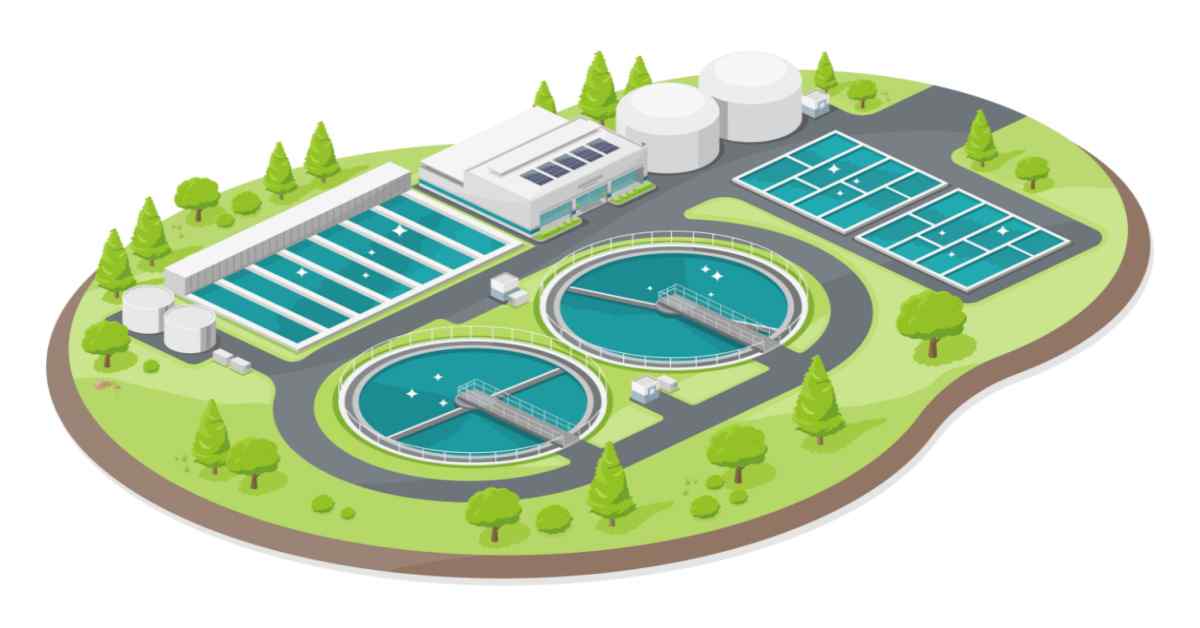Transforming Wastewater Treatment with Sustainable Innovations
Transforming Wastewater Treatment with Sustainable Innovations
Blog Article
Comprehending Wastewater Therapy Processes and Their Environmental Effect
The intricacies of wastewater therapy procedures play a critical function in mitigating environmental difficulties connected with water contamination. Each stage, from initial to sophisticated therapies, is created to address certain impurities, ultimately securing both public health and aquatic ecological communities. However, in spite of technical advancements in treatment effectiveness, substantial obstacles persist, including the administration of recurring contaminants and the effects of nutrient drainage. As we explore the complexities of these processes, it becomes important to doubt exactly how much present methods can progress to fulfill the expanding needs of sustainability and ecological conservation.
Overview of Wastewater Therapy
Just how is wastewater transformed into a secure source for the atmosphere? Wastewater treatment is a crucial process made to eliminate pollutants from used water, therefore guarding public health and wellness and safeguarding ecosystems. This procedure begins with the collection of wastewater from domestic, commercial, and industrial sources, which is after that guided to treatment centers.
At these facilities, various physical, chemical, and organic techniques are employed to deal with the wastewater. Preliminary testing eliminates large particles, followed by sedimentation to different much heavier solids. Ultimately, biological treatments, such as turned on sludge processes, make use of bacteria to damage down raw material. These approaches not only reduce contaminant degrees however additionally assist in the recovery of useful nutrients.
The treated effluent can be securely discharged right into all-natural water bodies or reused for watering and industrial objectives, promoting resource preservation. In addition, the treatment procedure creates biosolids, which can be repurposed as fertilizers or dirt modifications, even more improving sustainability.
Stages of Treatment Procedures
The wastewater therapy procedure normally includes three main phases: initial, main, and second therapy. Each stage serves an unique duty in reducing the pollutant lots and making sure the effluent meets ecological criteria prior to discharge.

The main treatment phase concentrates on the physical separation of put on hold solids from the wastewater. With sedimentation, larger fragments resolve at the base of sedimentation containers, creating sludge, while lighter materials, such as oils and greases, float to the surface and are skimmed off. This procedure significantly reduces the organic and not natural lots in the wastewater.
Additional treatment is an organic process aimed at more minimizing the concentration of natural matter. This phase is vital for accomplishing the necessary biochemical oxygen need (BODY) decrease, eventually leading to cleaner effluent ready for discharge or more treatment.

Advanced Therapy Technologies
Complying with the secondary treatment procedures, advanced therapy innovations play an essential function in more enhancing the high quality of treated wastewater. These innovations are designed to eliminate recurring contaminants that are not properly eliminated throughout primary and secondary treatments, making sure the effluent fulfills strict governing standards.
Amongst the extensively utilized sophisticated therapy approaches are membrane filtering, reverse osmosis, and progressed oxidation procedures. Membrane filtering, consisting of microfiltration and ultrafiltration, is effective in separating great fragments, pathogens, and colloids from the water (Wastewater). Reverse osmosis uses semi-permeable membranes to eliminate dissolved solids, leading to high-grade water suitable for numerous applications
Advanced oxidation processes (AOPs) employ strong oxidants to break down natural pollutants, including pharmaceuticals and individual treatment items that are immune to standard therapy. These methods improve the biodegradability of complicated compounds, facilitating their removal.
One more considerable modern technology is using organic nutrient elimination processes, which particularly target nitrogen and phosphorus, stopping eutrophication in obtaining water bodies. On the whole, innovative therapy technologies are important for achieving higher levels of purification, promoting water reuse, and protecting public health while dealing with the difficulties related to wastewater management.
Environmental Benefits of Therapy
Countless ecological advantages arise from efficient wastewater therapy procedures that add to ecosystem health and wellness and sustainability. Mostly, these processes considerably decrease the launch of damaging contaminants right into all-natural water bodies, which assists preserve aquatic communities. By removing impurities such as hefty steels, nutrients, and pathogens, treated wastewater minimizes the danger of waterborne conditions and promotes biodiversity in marine environments.
Additionally, wastewater therapy facilities often use sophisticated technologies that make it possible for water recycling and reuse. This method not only preserves freshwater sources but additionally minimizes the demand on all-natural water supplies. Boosted nutrient removal from wastewater can also stop eutrophication, a visit homepage process that brings about algal flowers and subsequent oxygen exhaustion in aquatic systems.
In addition, effective therapy processes can lessen greenhouse gas emissions, specifically methane and nitrous oxide, which are usually launched during untreated wastewater decay. By capturing and using biogas from anaerobic digesters, centers can convert waste right into renewable energy, therefore contributing to a decrease in nonrenewable fuel source reliance.
Obstacles and Future Trends
While the ecological advantages of wastewater treatment are clear, a number navigate to this website of obstacles persist that impede ideal end results in this area. One major concern is aging facilities, which usually results in inadequacies and increased operational costs - Wastewater. Several treatment plants were developed years ago, and their capabilities do not line up with modern-day demands, which include more stringent governing criteria and higher volumes of wastewater due to urbanization

Looking in advance, there is an expanding emphasis on resource recuperation and circular economy concepts within wastewater therapy. Developments such as anaerobic digestion, which can create biogas, and advanced filtration modern technologies are getting traction. These approaches not only enhance therapy efficiency yet likewise promote sustainability.
Ultimately, dealing with these challenges needs collaboration amongst stakeholders, investment in modern technology, and a dedication to ongoing research study. By embracing these fads, the wastewater treatment sector can develop to fulfill the demands of a transforming atmosphere and culture.
Conclusion
In final thought, see page wastewater therapy processes play an important function in improving ecological top quality and public health. The multi-stage treatment framework, coupled with sophisticated modern technologies, properly minimizes air pollution and advertises lasting water management.
Report this page